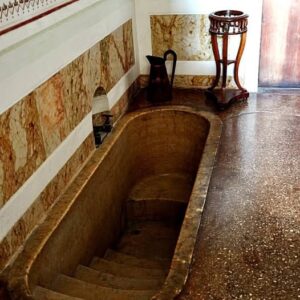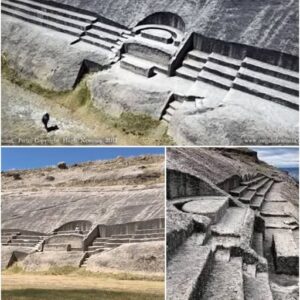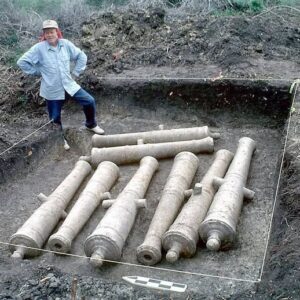During recent excavations in Nimrud, an ancient Assyrian city located in present-day Iraq, archaeologists uncovered a significant archaeological find – a well-preserved door threshold bearing the inscription of King Adad-Nerari I. This remarkable discovery sheds light on the reign of Adad-Nerari I, a prominent ruler during the Middle Assyrian period, dating back to approximately 1295-1264 BCE. Known for his strategic military campaigns and efforts to consolidate Assyria’s power in the region, Adad-Nerari I played a vital role in shaping the political landscape of ancient Mesopotamia.
The inscribed door threshold not only serves as a functional architectural element but also holds symbolic significance in commemorating the achievements and power of the king. This intricate piece of ancient construction provides valuable insights into the cultural and artistic practices of the Assyrians, highlighting their meticulous attention to detail and the importance placed on honoring royal figures.

The inscription of King Adad-Nerari I on the door threshold exemplifies the close relationship between governance, architectural design, and historical legacy in Assyrian society. It serves as a tangible link to the past, offering a glimpse into the grandeur and influence of the Assyrian empire during the Middle Assyrian period.
This discovery underscores the enduring legacy of ancient civilizations and the significance of preserving and studying archaeological artifacts. By unearthing and interpreting relics such as the inscribed door threshold from Nimrud, historians and archaeologists gain valuable insights into the political, social, and cultural dynamics of ancient Mesopotamia.
Overall, the discovery of the inscribed door threshold bearing the name of King Adad-Nerari I at Nimrud is a testament to the rich history and architectural achievements of the Assyrian civilization. It stands as a tangible reminder of the enduring legacy of past rulers and serves as a window into the cultural practices and beliefs of an ancient society that continues to fascinate and intrigue scholars and enthusiasts alike.





